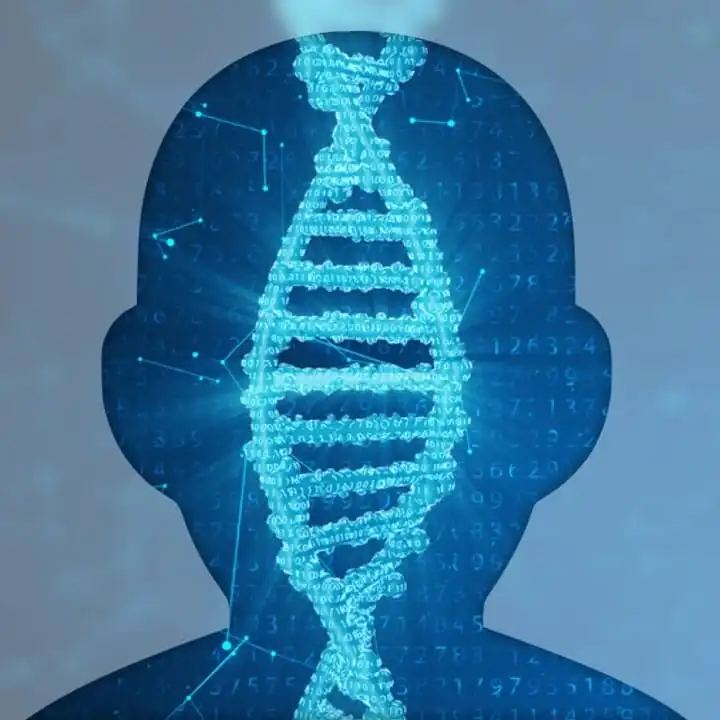What is Anosmia, Isolated Congenital (ANIC)?
Patients had reported anosmia, isolated congenital, often associated with other features, but in all cases, these other features were independent traits. Autosomal dominant inheritance is present in most cases, along with male-to-male transmission. All patients had only congenital anosmia.
Syndrome Synonyms
Anosmia – Familial Anosmia, Congenital
What gene change causes this syndrome?
Haplotype analysis showed that all affected individuals shared a common haplotype in the 18p11.23-q12.2 region, but up to date (2024), no gene has been established.
What are the main symptoms of Anosmia, Isolated Congenital?
- Complete Loss of Smell Since Birth: Individuals are unable to detect any odors due to the congenital absence or dysfunction of the olfactory nerve or related structures.
- Isolated Condition: Anosmia occurs without associated syndromic features or additional physical abnormalities, distinguishing it as an isolated condition.
- Autosomal Dominant Inheritance: It is often inherited in an autosomal dominant manner, and cases with male-to-male transmission have been reported.
Possible clinical traits/features
Autosomal dominant inheritance, Anosmia
How is it diagnosed?
To find out if someone has a diagnosis of [Anosmia, Isolated Congenital, it is important to have a consultation and evaluation with a clinical genetic specialist. Specialists may also suggest specific genetic testing or other types of tests to help reach a diagnosis. FDNA’s AI technology can help speed up the diagnostic process by analyzing facial features and other health information.
